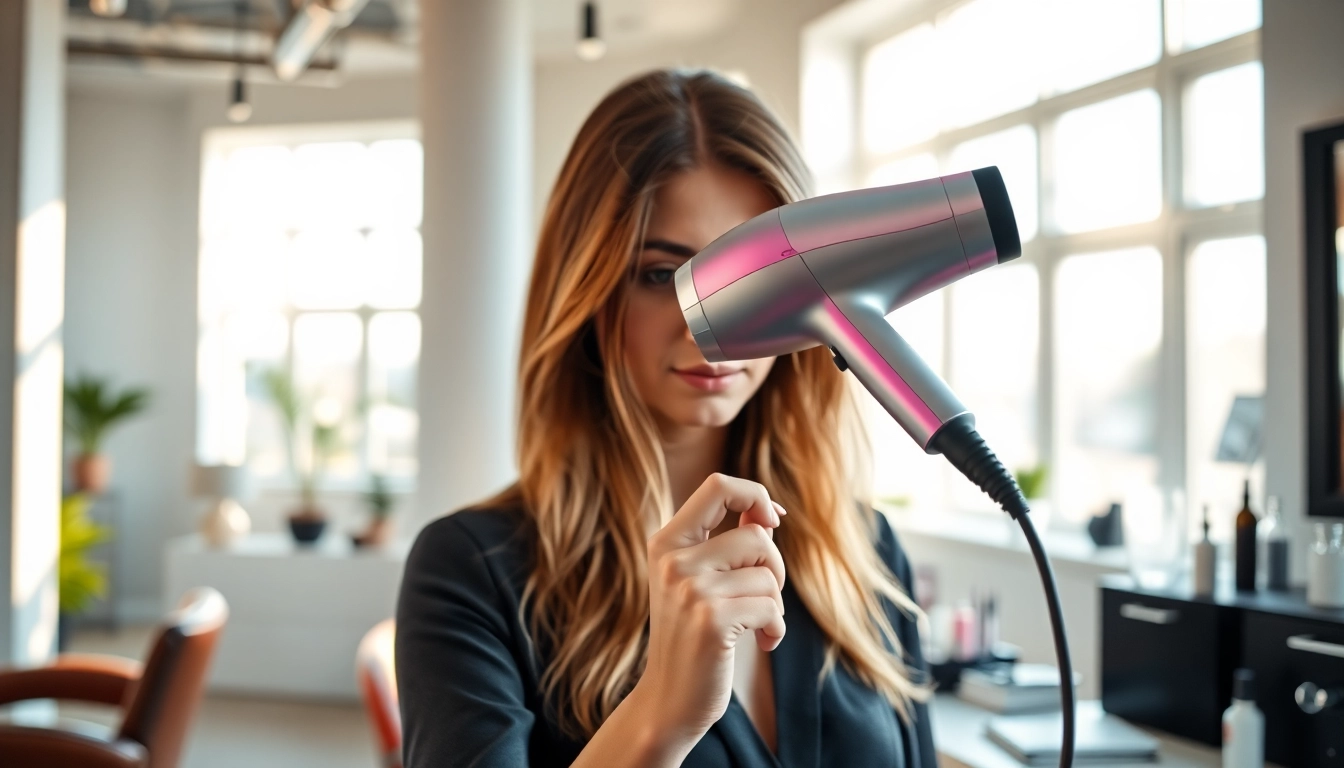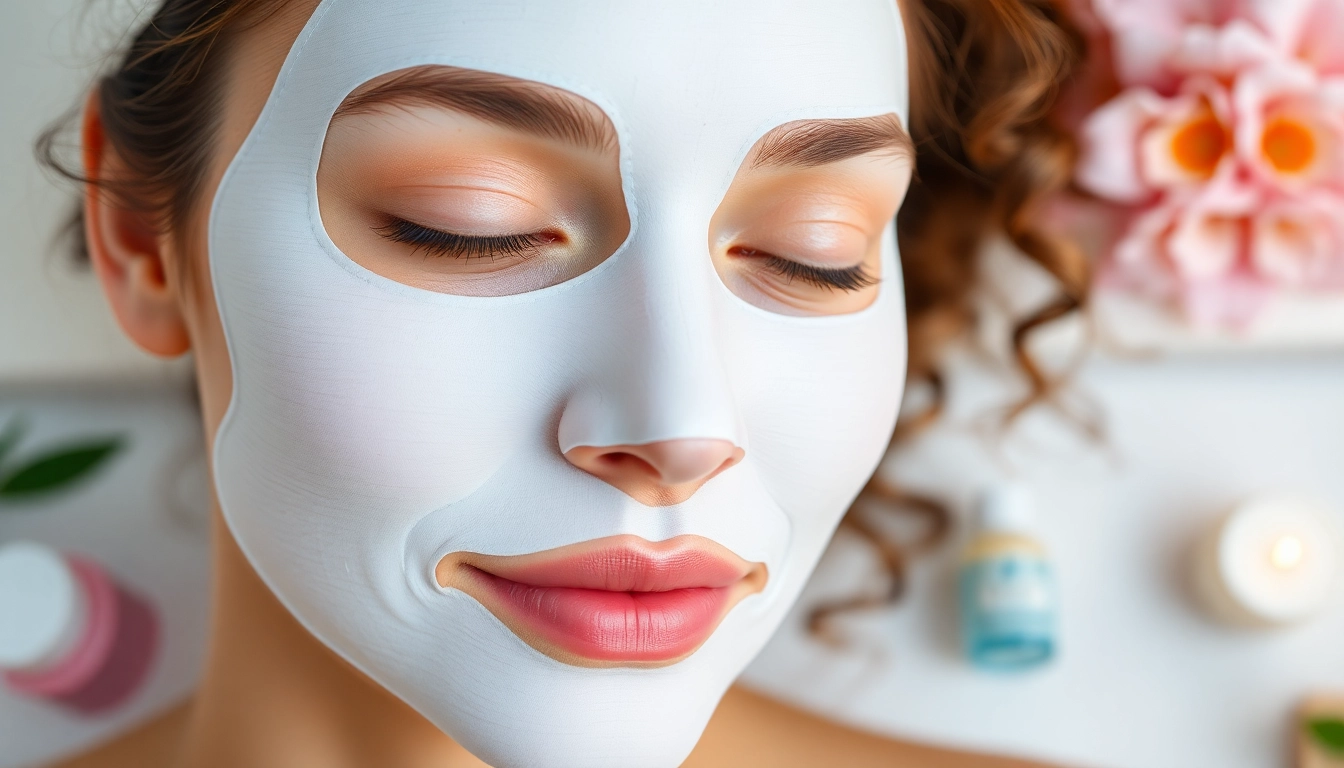The Benefits of a Lightweight Hair Dryer
When it comes to hair styling, the tools you choose can make a significant difference in your routine and overall results. One versatile tool that has become increasingly popular among hairstylists and individuals alike is the lightweight hair dryer. While many may focus on features such as heat settings and design, the importance of weight cannot be overlooked. Here, we will explore the benefits of lightweight hair dryers, discussing why their weight matters, what features define a good choice, and how technology enhances their performance.
Why Weight Matters for Your Styling Routine
Weight plays a significant role in the user experience of hair dryers. For individuals with long or thick hair, styling can take considerable time, which means you want tools that are comfortable to hold and maneuver. A lightweight hair dryer alleviates fatigue during styling, reducing the strain on wrists and arms.
Moreover, a lighter device is easier to handle for extended periods, making it suitable for professionals who style hair all day long. Hairdressers frequently report that using lightweight tools not only enhances their efficiency but also leads to better results as they can concentrate on styling without the burden of heavyweight equipment.
Features that Define a Good Lightweight Hair Dryer
While a lightweight design is essential, it should not come at the expense of performance. Good lightweight hair dryers should include features that enhance usability and effectiveness:
- Ergonomic Design: Look for models that have comfortable grips to allow for easier handling.
- Multiple Heat and Speed Settings: Flexibility in heat and airflow helps match the dryer’s capabilities with various hair types and styles.
- Diffuser and Concentrator Attachments: Essential for customizing styling techniques, these attachments aid in creating desired looks and optimizing drying efficiency.
- Quiet Operation: A quieter motor can enhance the overall user experience, especially in professional settings.
- Quality Materials: Lightweight materials should still be durable and resistant to damage from heat and handling.
The Role of Technology in Lightweight Hair Dryers
Advancements in technology have elevated the performance of lightweight hair dryers considerably. Key technologies to be aware of include:
- Ionic Technology: This feature helps reduce frizz and enhances shine by breaking down water molecules, leading to faster drying times.
- Tourmaline and Ceramic Elements: These materials distribute heat evenly, reducing hot spots that can damage hair.
- Smart Heat Control: Some models come with sensors that detect hair type and adjust heat output accordingly to protect hair health.
Choosing the Right Lightweight Hair Dryer
With numerous options available in the market, selecting the right lightweight hair dryer can feel overwhelming. Here are some essential factors to consider before making your decision:
Factors to Consider Before Purchasing
It’s important to assess your personal needs and styling habits:
- Hair Type: Different hair types require different heat settings and airflow. Thick hair may benefit from a high-heat dryer, whereas fine hair might require lower settings.
- Usage Frequency: If you use a hair dryer daily, find a model designed for longevity and regular use.
- Travel Considerations: If you travel frequently, a compact and lightweight design with dual voltage features could be advantageous.
- Budge Guidelines: Determine your budget and find the best lightweight hair dryer options within that range, assessing value for features offered.
Top Features to Look For
When shopping for a lightweight hair dryer, consider the following key features to ensure you make a well-informed choice:
- Heat Settings: Multiple heat settings allow customization while drying and styling, catering to the specific requirements of different hair types.
- Powerful Motor: A more powerful motor ensures faster drying times and better overall performance, which is often essential for achieving salon-style results.
- Cord Length: A longer cord allows for more flexibility and ease of movement while styling.
Comparing Designs and Functionality
When examining lightweight hair dryers, take note of the design and functionality:
- Weight Distributions: Some models may feel heavier due to design choices. Handling them before purchase can provide insight into the best option for comfort.
- Compact vs. Full-Sized: Compact models are excellent for travel, while full-sized models often feature more powerful motors and additional features.
- Noise Levels: Consider whether you’ll be using the dryer in quiet settings and look for models that operate quietly.
Maintenance Tips for Long-Lasting Performance
To ensure your lightweight hair dryer remains efficient and lasts a long time, regular maintenance is crucial. Here are some tips for care and preservation:
How to Clean Your Lightweight Hair Dryer
Keeping your hair dryer clean prevents the buildup of lint and hair, which can affect performance:
- Remove the Filter: Most models have a removable filter at the back. Regularly take this out for cleaning.
- Use a Brush: A clean, dry brush can be used to clear out any lint or hair caught in the filter.
- Wipe Down the Exterior: A damp cloth can be used to wipe down the exterior to remove any accumulated dust or product residue.
Ensuring Optimal Performance with Regular Care
Use the following practices to maintain peak performance:
- Avoid Overheating: Allow the dryer to cool off after extended use before storing it away.
- Store Safely: Coil the cord properly without sharp bends, and keep it in a dry area away from other heating elements.
- Regular Inspections: Check for signs of wear and tear regularly, and address any issues immediately.
Storage Tips for Durability
Proper storage contributes to longevity. Here’s how to store your lightweight hair dryer:
- Heat Protection: Ensure the dryer is completely cool before putting it away.
- Use a Bag or Case: Store it in a case or bag designed for heat resistance to avoid damage.
- Organized Packaging: If possible, keep the original packaging to protect it during storage.
Styling Techniques with a Lightweight Hair Dryer
With versatile styling options available, a lightweight hair dryer can be used to create various looks and styles effectively. Here are some techniques to enhance your styling capabilities:
Achieving Volume and Body in Your Hair
To create volume while using your lightweight hair dryer, consider the following tips:
- Drying Upside Down: Flip your hair upside down while drying to enhance volume and body at the roots.
- Round Brush Technique: Utilize a round brush to lift sections of hair while directing air towards the roots.
- Clip for Lift: While drying, use clips to pin sections of hair at the roots, allowing them to cool before releasing for added volume.
Techniques for Different Hair Types
Your hair type can influence the methods you choose when styling with a lightweight hair dryer:
- Curly Hair: Use a diffuser attachment to enhance your natural curls without disrupting the curl pattern.
- Straight Hair: A concentrator attachment will help direct airflow efficiently to smooth the hair.
- Wavy Hair: Scrunch your waves while drying for added definition and bounce.
Creating Sustainable & Stylish Looks
Using eco-friendly styling techniques can further enhance your experience:
- Air Drying: Whenever possible, allow your hair to air dry partially before using a lightweight hair dryer to reduce heat exposure.
- Adjust Settings: Use lower heat settings to prevent damage while still achieving beautiful results.
- Healthy Hair Care Products: Pair your drying routine with sustainable hair products to enhance shine and health.
FAQs About Lightweight Hair Dryers
While lightweight hair dryers have gained popularity, many users still have questions regarding their functionality, potential drawbacks, and maintenance. Here are answers to some frequently asked questions:
Common Misconceptions Debunked
1. Do lightweight hair dryers compromise performance?
Many believe that lightweight design means sacrificing power. However, lightweight hair dryers can provide powerful airflow and heating capabilities, making them efficient without the bulk.
2. Are all lightweight hair dryers suitable for all hair types?
Not all lightweight hair dryers offer the same features. It’s vital to choose a model with appropriate heat settings and attachments that match your specific hair type for optimal results.
How to Troubleshoot Common Issues
If you experience issues with a lightweight hair dryer, consider these troubleshooting tips:
- Dryer Not Heat: Check if the settings are correctly adjusted and ensure the air intake filter is clean.
- Power Issues: If the dryer refuses to turn on, inspect the plug and socket for proper connections.
- Noise Levels: Increased noise may indicate a build-up of debris in the motor; cleaning can resolve this.
Understanding Warranty and Customer Support
Familiarize yourself with the warranty terms provided by the manufacturer, as well as customer support options:
- Coverage Period: Many lightweight hair dryers come with a limited warranty ranging from one to three years. Understand what is covered.
- Contact Information: Keep customer support contact details handy for quick resolution of any problems encountered.



